Top Things to Know Before Buying Big House Plants: A Comprehensive Guide
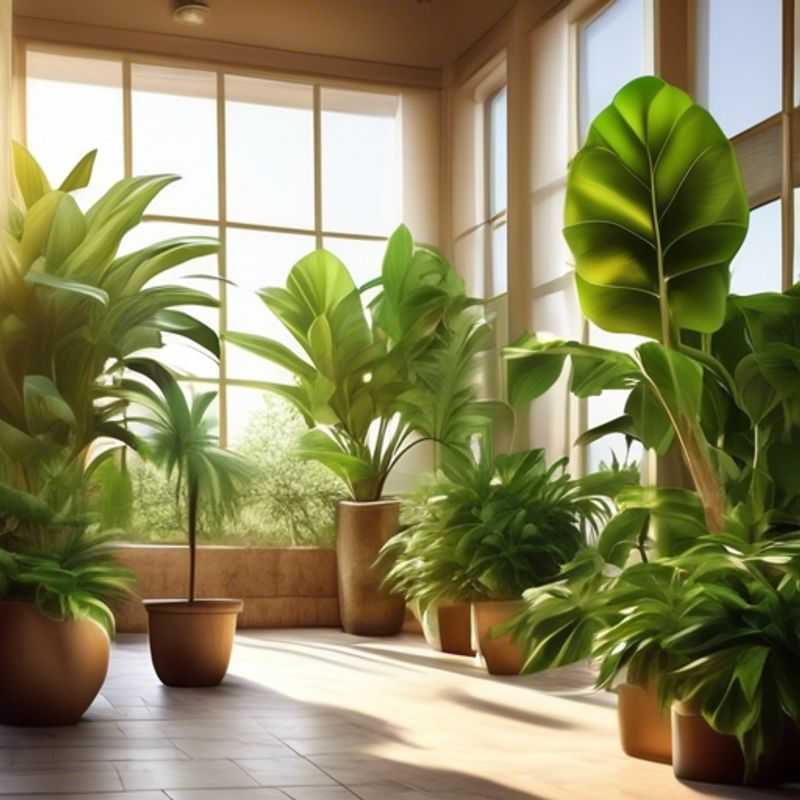
The Ultimate Guide to Choosing Your Perfect Big Houseplant:
Bringing a big houseplant home can transform your space, but it's crucial to do your research first. You wouldn't buy a car without a test drive, would you? Similarly, understanding your plant's needs before bringing it home ensures a happy, thriving addition to your environment. Here's what to consider:
Understand the plants light, water, and humidity requirements.

Decoding Plant Needs: Light, Water, and Humidity
Understanding a plant's needs for light, water, and humidity is crucial for its survival and flourishing. These elements are interconnected and influence each other.
Light is essential for photosynthesis, the process by which plants convert sunlight into energy. The amount of light a plant needs varies depending on its species. Some plants thrive in bright, direct sunlight, while others prefer shade.
Water is another vital element, providing plants with the hydration necessary for growth and nutrient absorption. The frequency and amount of water a plant requires depend on its species, the size of the pot, the surrounding temperature, and the humidity levels. Overwatering can lead to root rot, while underwatering can cause wilting and stress.
Humidity is the amount of moisture in the air, which can affect a plant's ability to absorb water. Some plants thrive in humid environments, while others prefer drier conditions. You can adjust humidity levels by misting the plants, using a humidifier, or grouping them together.
Observing your plants closely can provide valuable insights into their needs. Pay attention to leaf color, texture, and overall growth. If a plant is exhibiting signs of stress such as wilting, yellowing leaves, or brown spots, it's a sign that it may need more light, water, or humidity.
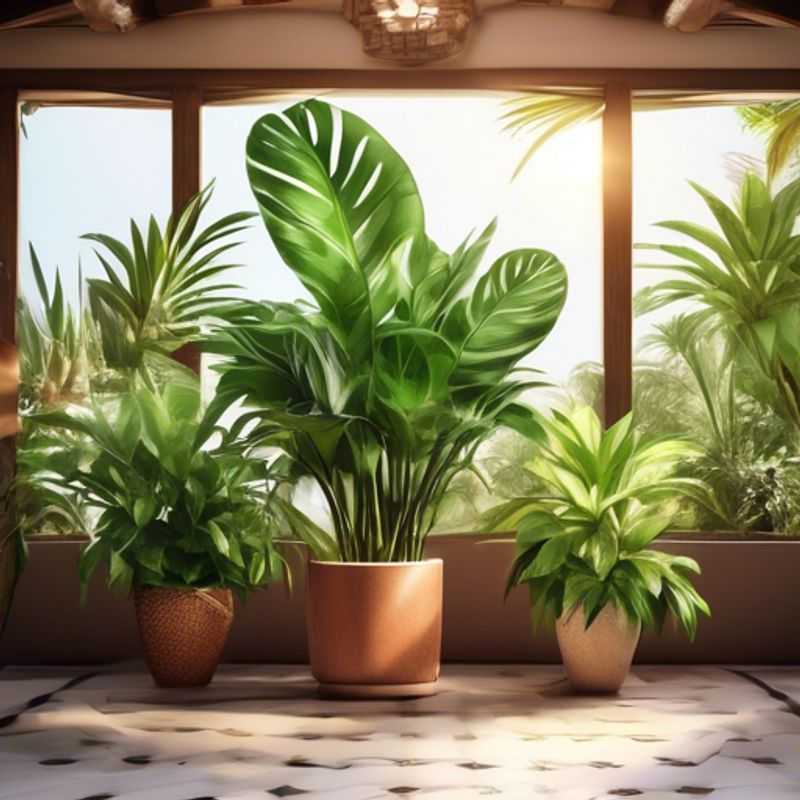
Measure Twice, Plant Once: Ensuring Your Green Friend Has Enough Room
Before bringing a plant home, measure the space you have available. This includes the area where you want to place the plant, but also consider the height the plant will reach and how much space its roots will need to grow.
Take into account the height of the plant and its mature size. Also, consider the width of the plant, the diameter of the pot, and the space needed for the plant's leaves to spread out.
A common mistake is assuming the plant will stay small. Many plants grow significantly larger than people expect. It is important to consider the full size of the plant before bringing it home to ensure it will have enough space to thrive.
Consider purchasing a measuring tape to accurately measure the available space. It may also be useful to refer to a plant's growth information to better understand its expected size.
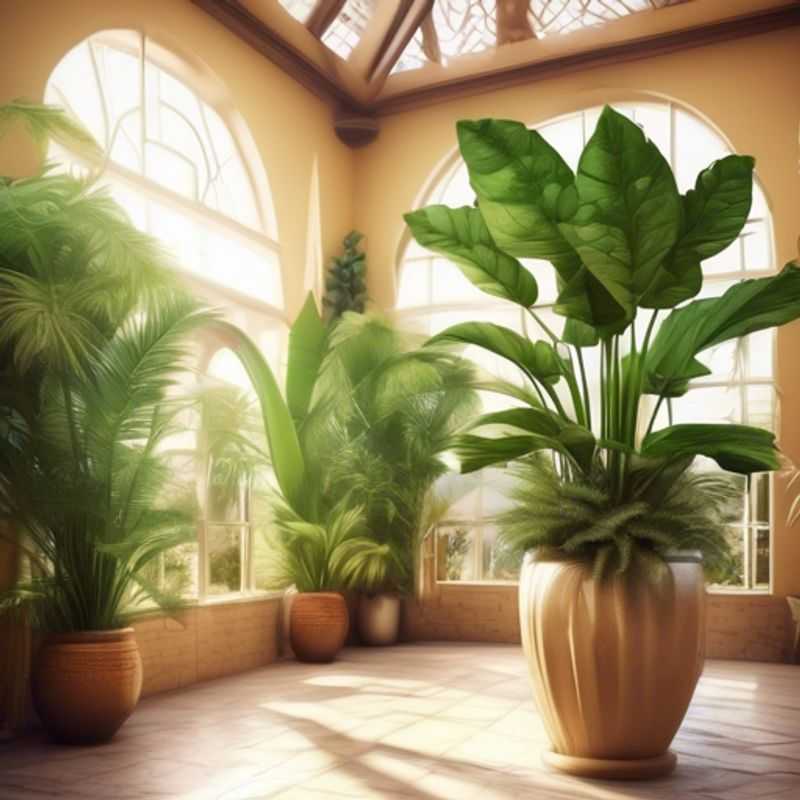
Growing Up: Understanding Mature Plant Size to Avoid Overcrowding
Before planting any species, researching its mature size is crucial. This will prevent overcrowding and ensure your plants have ample space to thrive. Overcrowding can lead to competition for resources such as sunlight, water, and nutrients, negatively impacting the health and growth of your plants.
When researching, consider the plant's mature height, width, and root system. These factors will help you determine the appropriate spacing between plants. You can find this information on plant tags, online gardening resources, or from experienced gardeners. Remember that each plant species has unique growth habits and requirements, so always check the specific details for the plants you intend to grow.
Proper spacing is key for healthy plant growth and a beautiful landscape. By researching the mature size of your plants, you can avoid overcrowding and ensure they flourish. You can enjoy the satisfaction of seeing your plants thrive in their ideal environment.
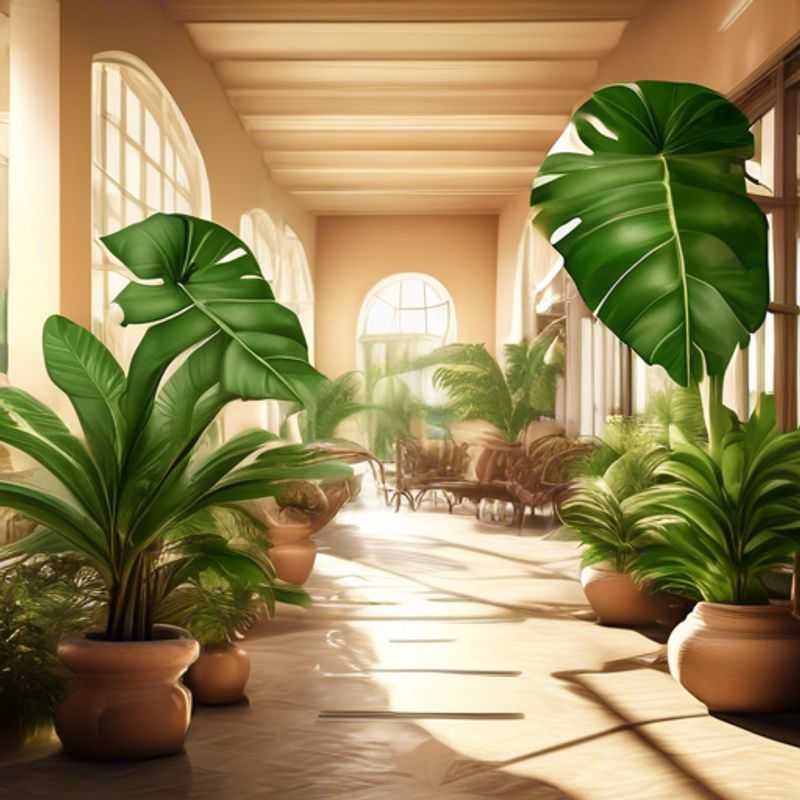
Floor Strength: Can Your Floor Handle That Plant?
It's crucial to consider the weight of a plant before placing it on your floor, particularly if it's large or in a high-traffic area. Floors can have varying load-bearing capacities, and exceeding this capacity can lead to structural damage, such as cracking or sagging.
To determine the weight of a plant, you can estimate the weight of the pot and the soil. You can then research the typical weight of the plant species. Online resources can be helpful in this regard.
If you're concerned about the floor's capacity, it's a good idea to consult a structural engineer. They can assess the floor's load-bearing capacity and recommend solutions if necessary, like reinforcing the floor or choosing a different location for the plant.
For example, large trees in pots can weigh hundreds of pounds. Prioritize safety and ensure your floor is strong enough to support the weight of a substantial plant.
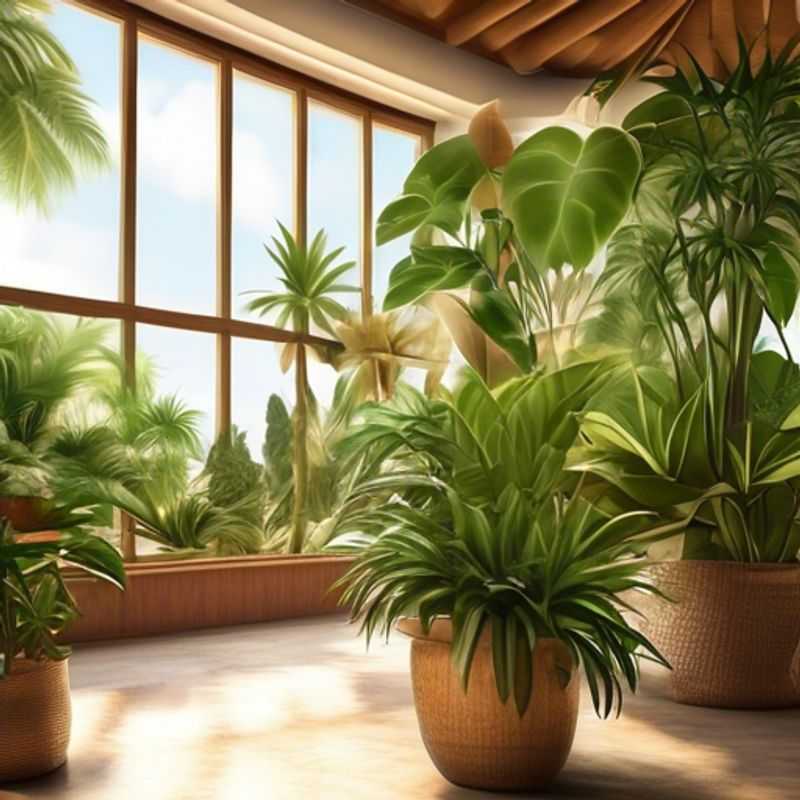
Inspecting for Pests and Diseases: A Plant's Health Check
Regularly inspecting your plants for pests and diseases is crucial for their health and vitality. This proactive approach allows you to catch problems early, preventing them from escalating and potentially saving your plants. Here's a simple guide to help you:
Visual Inspection: Start by carefully observing your plants. Look for any unusual changes in their appearance. This could include wilting leaves, discoloration, holes, or signs of webbing.
Pests: Common pests include aphids, mealybugs, spider mites, and scale insects. You might spot them directly on the leaves, stems, or even the roots. Check for signs of their activity like sticky residue, webbing, or distorted growth.
Diseases: Plant diseases can manifest in various ways. Look for spots, patches, or powdery mildew on the leaves. Fungal diseases often cause leaf drop, root rot, or stem decay.
Other Signs: Pay attention to any unusual odors or changes in the soil. These could indicate problems with pests or diseases.
Early Detection: The sooner you detect any issues, the more effective your treatment will be. Early intervention can help prevent the spread of pests and diseases, ensuring your plants thrive.
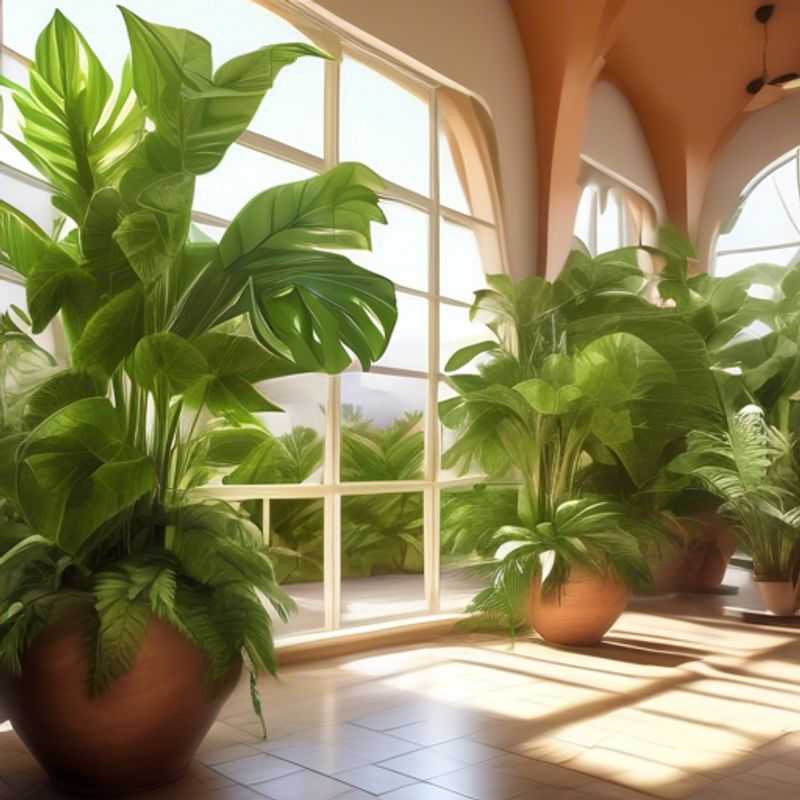
Moving Day: Safely Transporting Your New Plant Home
Moving a plant to your new home can be a joyful, albeit sometimes delicate, process. Let's make sure your new green friend arrives safe and sound. Here's a breakdown of the essentials:
Protect the Plant: The main focus is protecting your plant from damage during transport. Choose the right container—a sturdy box or a pot with a secure lid are good options. Ensure adequate padding with bubble wrap, packing peanuts, or even old newspapers.
Consider the Weather: Extreme temperatures can be harmful. If it's a scorching day, transport your plant early morning or late evening to avoid direct sunlight. Protect from frost or freezing temperatures.
Secure the Transport: Make sure the plant is secured in your vehicle to prevent movement. Use bungee cords or straps for added stability. Depending on your plant's size and weight, you might need an additional person to help you load and unload.
The Journey: Drive carefully and avoid sudden stops or turns to minimize potential damage. Remember, gentle handling is key.
Settling In: Upon arrival, give your plant a good watering to help it acclimate to its new environment. You might want to consider repotting it into a fresh pot, but be sure to do so gently and avoid disturbing the roots.
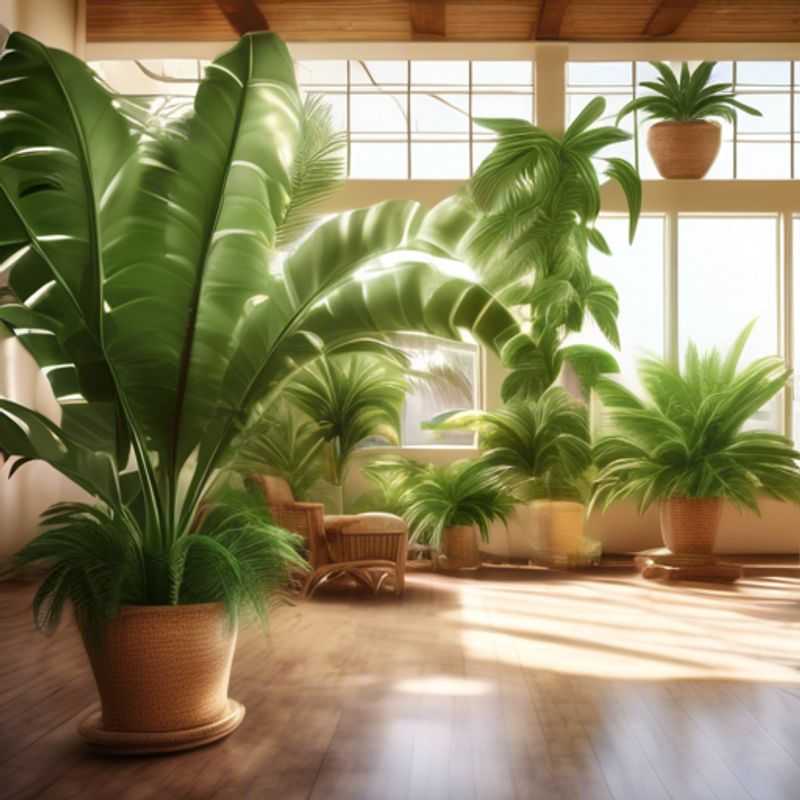
Don't Buy Before You Research: Understanding Plant Care Needs Before Bringing Them Home
Before bringing a new plant home, take a moment to understand its care requirements. This simple step can prevent heartache and ensure your leafy friend thrives. Consider these factors:
Light: Some plants bask in sunshine, while others prefer shade. Understand the light needs of your chosen plant and match it to your home's conditions. If you have limited natural light, consider artificial options.
Watering: Plants have varying hydration preferences. Learn how often and how much water your plant needs. Overwatering can be just as harmful as underwatering.
Soil: The right soil type ensures proper drainage and nutrient availability for your plant. Find out what type of soil is best for your plant and consider using a potting mix designed for its specific needs.
Temperature and Humidity: Each plant thrives in a specific temperature and humidity range. Take note of these requirements to ensure your plant's comfort. Consider a humidifier for plants that need high humidity.
Fertilizer: Plants benefit from nutrients, particularly during periods of active growth. Learn about the appropriate type of fertilizer for your plant and the recommended frequency of application.
Pests and Diseases: Be aware of common pests and diseases that might affect your chosen plant. Knowing the signs and potential treatments can help you catch issues early and prevent them from spreading.
Pruning: Some plants require regular pruning to maintain their shape and encourage healthy growth. Understand whether your plant benefits from pruning and learn the proper techniques.
Investing a little time researching your plant's needs upfront can save you frustration and ensure a long-lasting and beautiful relationship with your green companion. Remember, happy plants bring joy!
